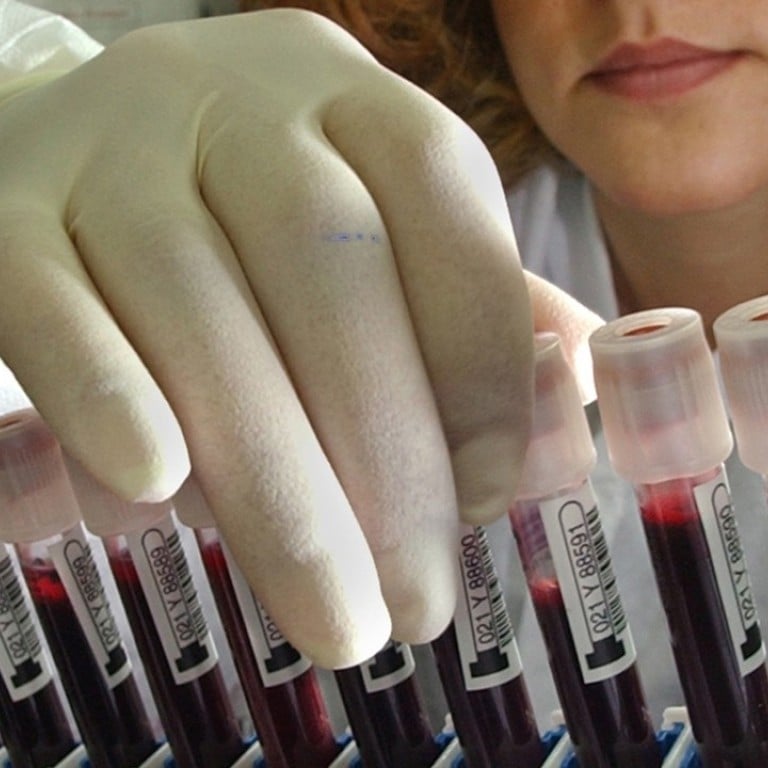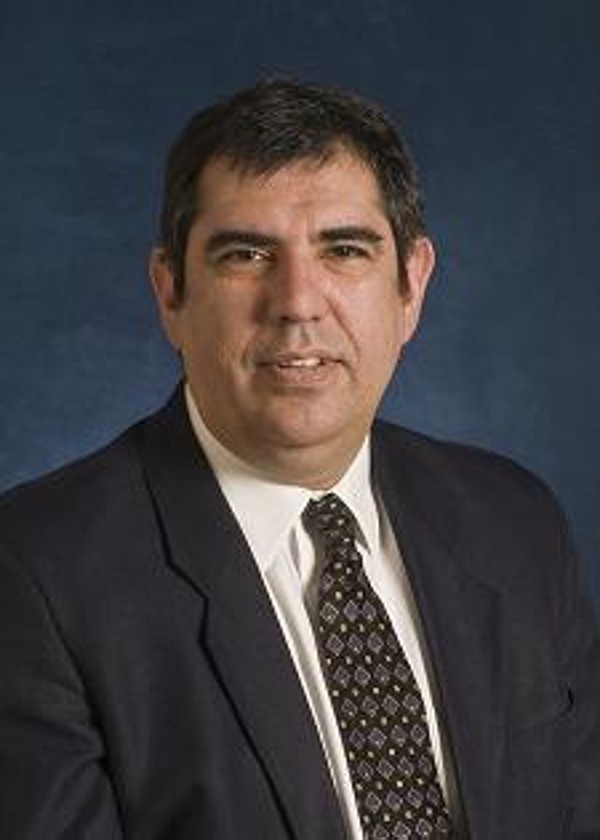
The US$500 blood test to detect early signs of eight cancer types, using algorithm that detects where tumours are
First-of-its-kind test detects cancers of the ovary, liver, stomach, pancreas, oesophagus, colon, lung and breast – responsible for over 60 per cent of cancer deaths – by searching our DNA for telltale ‘needle in a haystack’; it could be available to public in 2019
Scientists have developed a non-invasive blood test that can detect signs of eight types of cancer long before any symptoms of the disease arise.
The test, which can also help doctors determine where in a person’s body the cancer is located, is called CancerSEEK. Its genesis is described in a paper published on Thursday in the journal Science.
The authors say it is the first non-invasive blood test that can screen for a range of cancers all at once: cancer of the ovary, liver, stomach, pancreas, oesophagus, colon, lung and breast.

Together, these eight forms of cancer are responsible for more than 60 per cent of cancer deaths in the United States, the authors said. In Hong Kong, these cancer forms are responsible for more than 65 per cent of cancer deaths.
In addition, five of them – ovarian, liver, stomach, pancreatic and oesophageal cancers – currently have no screening tests.
“The goal is to look for as many cancer types as possible in one test, and to identify cancer as early as possible,” said Nickolas Papadopoulos, a professor of oncology and pathology at Johns Hopkins University in Baltimore, in the United States, who led the work. “We know from the data that when you find cancer early, it is easier to kill it by surgery or chemotherapy.”
Hong Kong records latest high of 30,318 new cancer cases, with colorectal cancer most common
CancerSEEK, which builds on 30 years of research, relies on two signals that a person might be harbouring cancer.
First, it looks for 16 telltale genetic mutations in bits of free-floating DNA that have been deposited in the bloodstream by cancerous cells. Because these are present in such trace amounts, they can be very hard to find, Papadopoulos said. For example, one blood sample might have thousands of pieces of DNA that come from normal cells, and just two or five pieces from cancerous cells.
“We are dealing with a needle in a haystack,” he said.
To overcome this challenge, the team relied on recently developed digital technologies that allowed them to efficiently and cost-effectively sequence each individual piece of DNA one by one.
Four simple and effective ways to reduce colorectal cancer risk
“If you take the hay in the haystack and go through it one by one, eventually you will find the needle,” Papadopoulos said.
In addition, CancerSEEK also screens for eight proteins that are frequently found in higher quantities in the blood samples of people who have cancer.

By measuring these two signals in tandem, CancerSEEK was able to detect cancer in 70 per cent of blood samples pulled from 1,005 patients who had already been diagnosed with one of eight forms of the disease.
The test appeared to be more effective at finding some types of cancer than others, the authors noted. For example, it was able to spot ovarian cancer 98 per cent of the time, but was successful at detecting breast cancer only 33 per cent of the time.
New cancer treatment could replace chemotherapy in 10 years, HKU expert claims
The authors also report that CancerSEEK was better at detecting later stage cancer compared to cancer in earlier stages. It was able to spot the disease 78 per cent of the time in people who had been diagnosed with stage III cancer, 73 per cent of the time in people with stage II cancer and 43 per cent of the time in people diagnosed with stage I cancer.
“I know a lot of people will say this sensitivity is not good enough, but for the five tumour types that currently have no test, going from zero chances of detection to what we did is a very good beginning,” Papadopoulos said.
If you take the hay in the haystack and go through it one by one, eventually you will find the needle
It is also worth noting that when the researchers ran the test on 812 healthy control blood samples, they only saw seven false-positive results.
“Very high specificity was essential because false-positive results can subject patients to unnecessary invasive follow-up tests and procedures to confirm the presence of cancer,” said Kenneth Kinzler, a professor of oncology at Johns Hopkins who also worked on the study.
Hong Kong cancer survivor’s tips for a happier, healthier life, why balance is key and five questions to answer before you can attain it
Finally, the researchers used machine learning to determine how different combination of proteins and mutations could provide clues to where in the body the cancer might be. The authors found they could narrow down the location of a tumour to just a few anatomic sites in 83 per cent of patients.

CancerSEEK is not yet available to the public, and it probably won’t be for a year or longer, Papadopoulos said.
“We are still evaluating the test, and it hasn’t been commercialised, yet,” he said. “I don’t want to guess when it will be available, but I hope it is soon.”
He said that eventually the test could cost less than US$500 to run and could easily be administered by a primary care physician’s office.
In theory, a blood sample would be taken in a doctor’s office, and then sent to a lab that would look for the combination of mutations and proteins that would indicate that a patient has cancer. The data would then go into an algorithm that would determine whether the patient had the disease and where it might be.
“The idea is: You give blood, and you get results,” Papadopoulos said.

